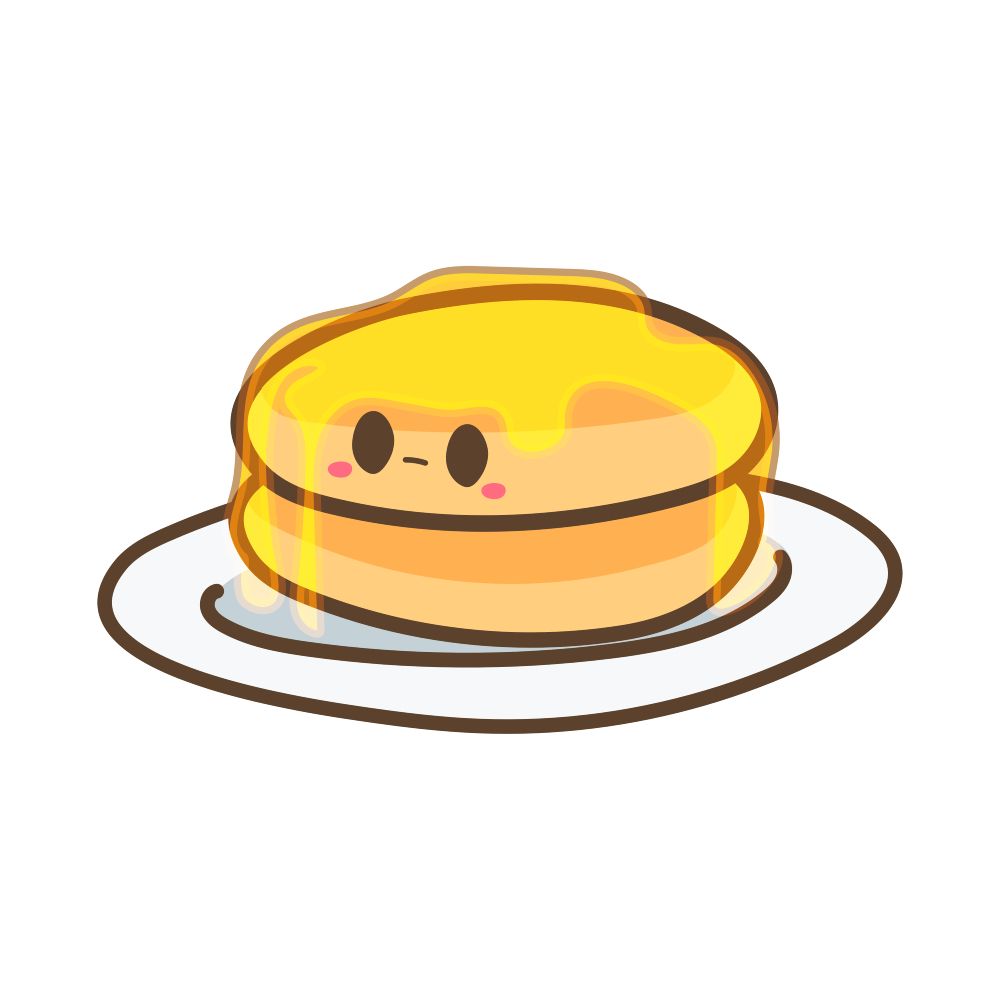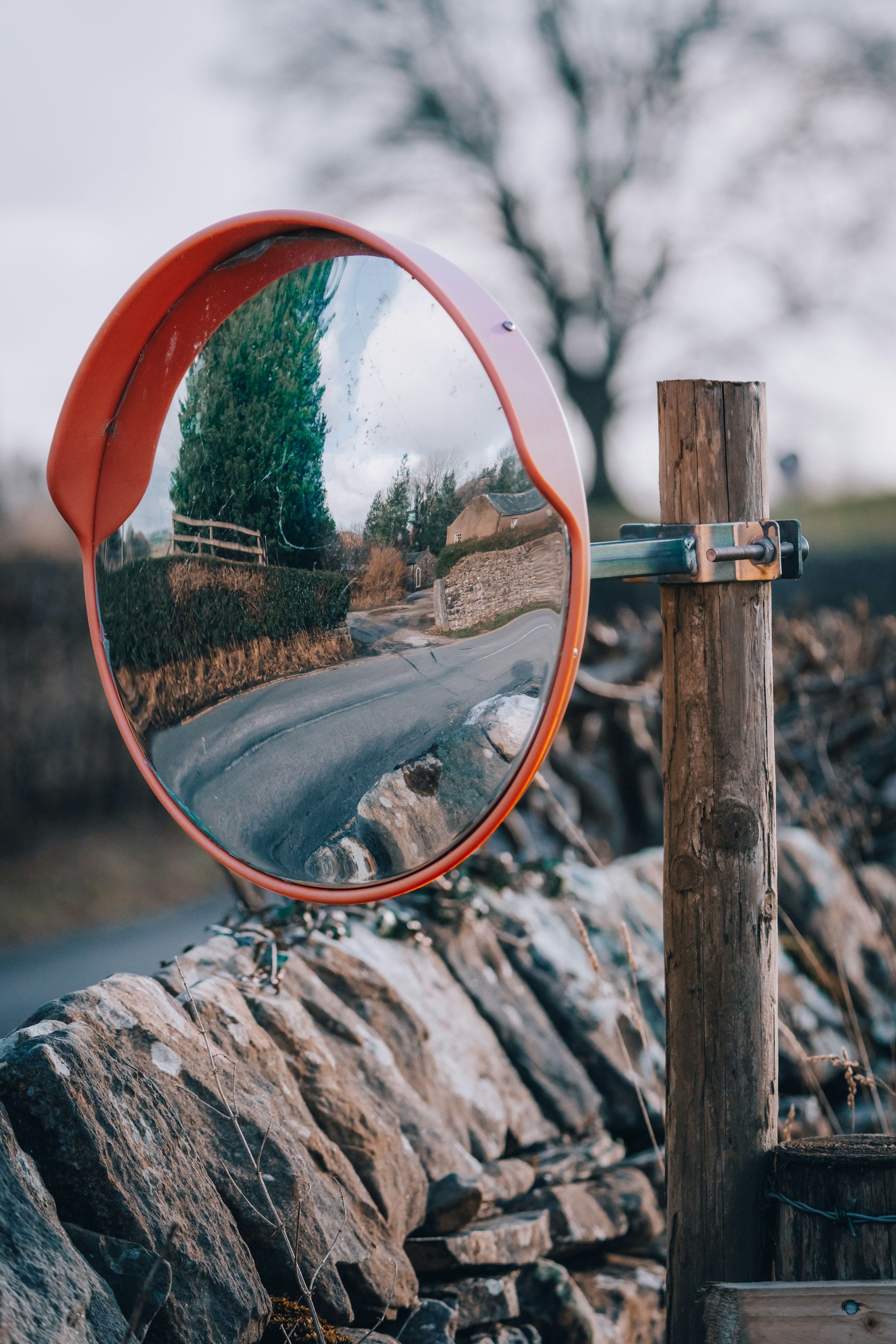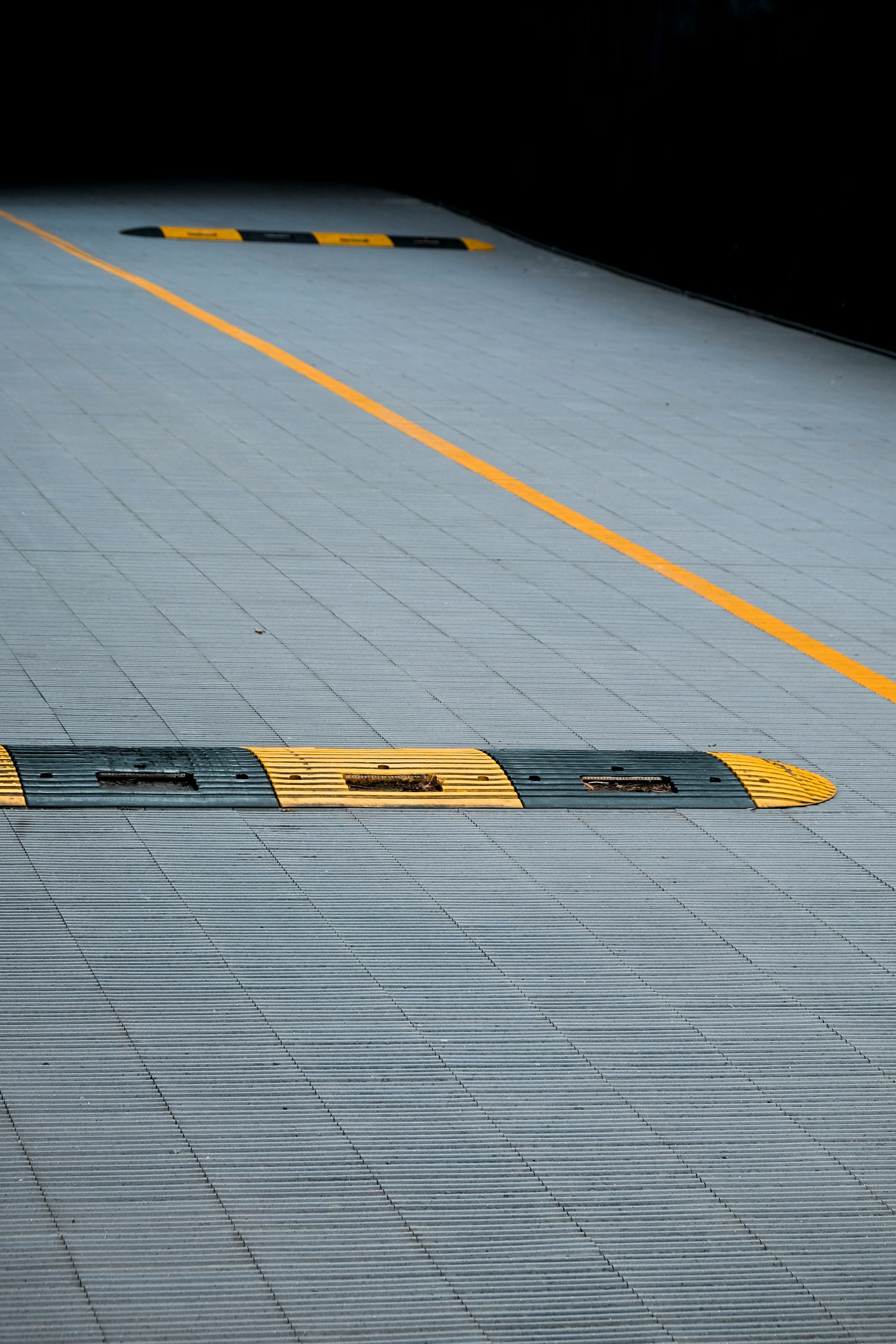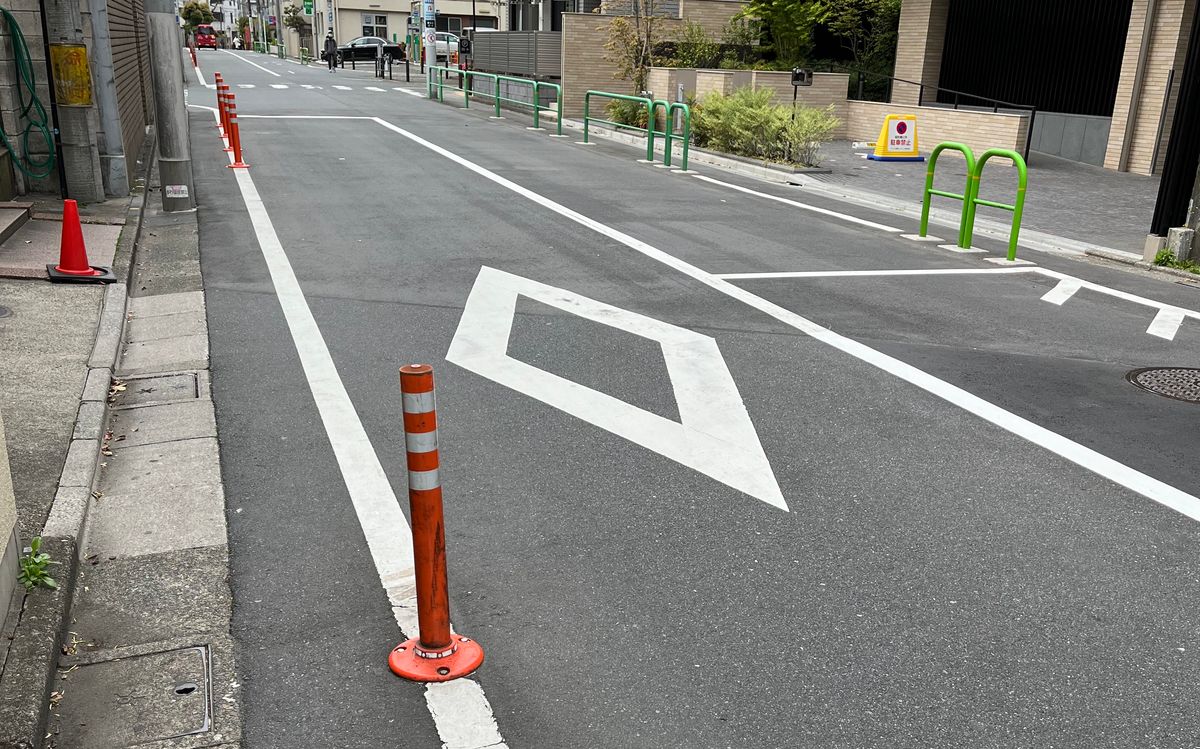
9 Things to Note when Driving in Japan as a Malaysian Driver
 Pancake
•
•
4 min read
Pancake
•
•
4 min read
If you're coming from Malaysia and want to drive in Japan, here are 9 things that you should be aware of:
Narrow roads
Roads in Japan are quite narrow, compared to Malaysia. In fact some roads are so narrow that you would need to slow down when another car is approaching from another direction.
If you're planning to drive a kei car you might be able to navigate with ease, but anything bigger than that you should be careful especially around residential areas where the roads tend to be narrower.
Blind Corners

With narrow roads come blind corners. Since buildings in Japan are packed pretty tightly, it is hard to see whether an intersection is clear to proceed. Usually these corners will have convex mirrors installed, and you should use them to make sure no traffic is coming from other directions.
Highways

Highways in Japan are generally privately-owned roads, which means they are all tolled. Tolls in Japan are quite expensive, but you can get great discounts by using an ETC card.
Highways in Japan have relatively low speed limits, usually ranging from 80-100 km/h. Most highways have signs that displays variable speed limits; this may change throughtout the day according to time of day and weather conditions.
Traffic Lights

Traffic lights in Japan are always overhead instead of on the roadside (unless it's pedestrian traffic lights). Similar to Singapore, a full green light (not arrows) means you are clear to go left, right, or straight. For right turns, you will still need to make sure there's no incoming traffic before turning. On busy intersections, there's a dedicated right arrow light to give cars turning right a chance to turn.

Intersections in Japan generally have zebra crossings on all four sides. When turning left or right, be sure to yield to pedestrians before completing your turn.
Scooters and Kei vehicles
If you have a license for cars, you can also drive scooters (原付 gentsuki) and any kei vehicles, including kei trucks. This provides a lot of flexibility when choosing the right vehicle for your needs.
Road Signs
Road signs are the same for the most part, except for some exceptions:
Stop Signs
Instead of the usual octagon stop sign, Japan's stop sign is triangle-shaped with the words 止まれ tomare which means stop in Japanese.
Line Indicators

These road signs are straightforward but it's something that I've never seen before coming to Japan. I didn't really get why signs like these are needed until I saw a lot of these in Hokkaido; seems to be a way for drivers to know where the lines are in the event of heavy snowfall.
Slow Down

A triangle with a red ring might make you think that it means give way/yield, but it's actually a slow down sign with the words 徐行 jokou, which means, well, slow. You might wonder what does a give-way sign looks like, but apparently Japan does not have give-way signs...
Speed Bumps

Speaking of things that do not exist, Japan does not have any speed bumps. Not too sure why, but the frequent stops due to traffic lights makes it kind of hard to speed, at least in urban areas.
Diamond Road Markings

Road markings, similar to road signs, are generally understandable. However, diamond road markings are something that I have not seen before coming to Japan. Apparently, it means that you're approaching a zebra crossing that has no traffic lights and you should slow down.
Alcohol
In Malaysia, you might be able to get away with a cocktail drink or two. However, Japan is more strict, where you are not suppose to drink any alcohol at all if you're planning to drive afterwards. If you're planning to drink outdoors you should definitely find alternative methods to get home safely, such as public transport or a designated driver service (運転代行 unten daikou) that will send a driver to drive your car back to your home.
🥞